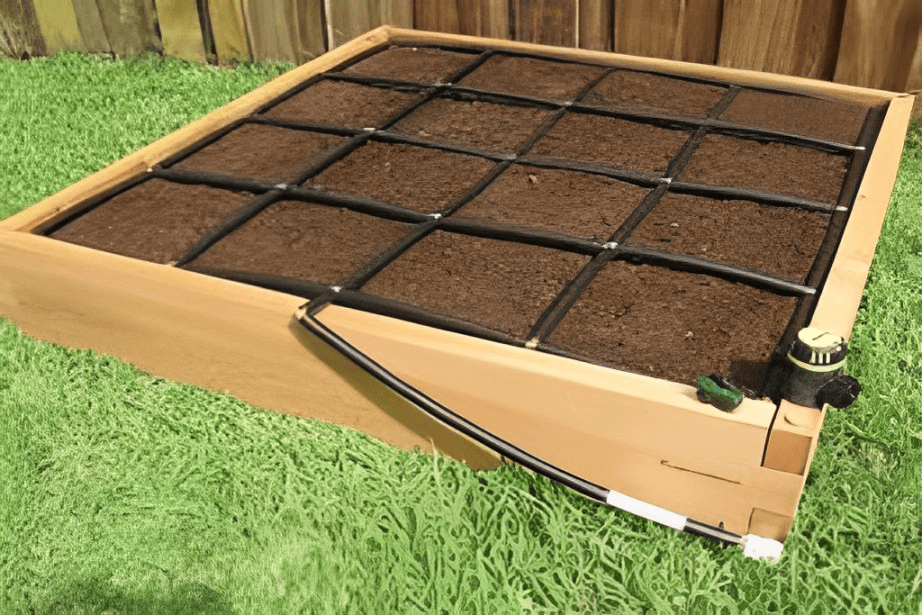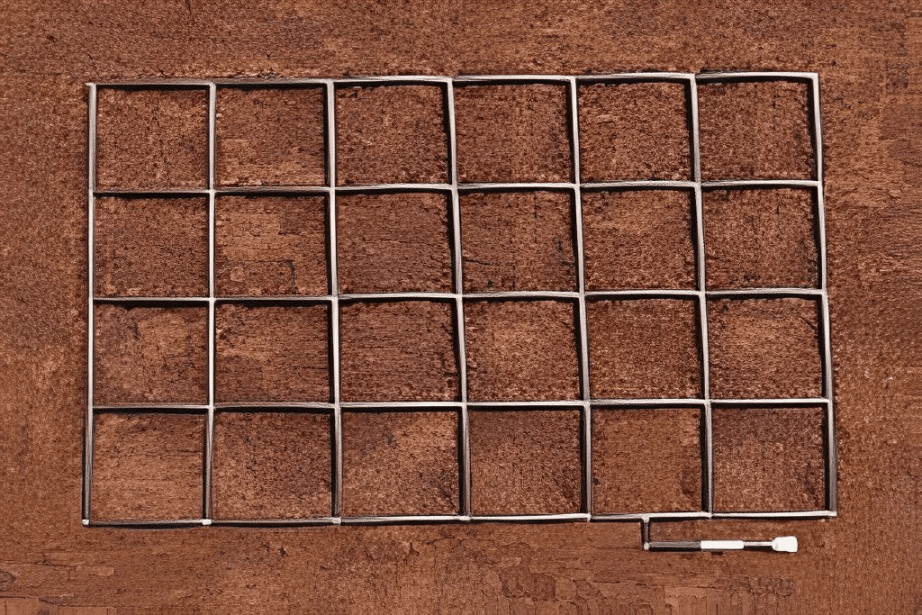How To Fit Use and Maintain Garden Grid Watering System DIY Auto & Manually
Garden grid watering system diy helps provide complete hydration to plants. This auto and manual system automatically controls hydration and is perfect for any garden. Proper installation and maintenance improve system performance, saving time and water.
How To Fit Garden Grid Watering System Diy Auto & Manually
Manually

Manual control of your Garden Grid Watering System DIY, integrate shut-off valves or quick-connect couplings at each grid point. This allows you to easily regulate water flow manually, adjusting the irrigation based on specific plant needs or weather conditions.
This manual flexibility, you have the freedom to fine-tune the watering process according to your garden’s requirements, ensuring a personalized and efficient approach to plant hydration. Tall mango trees lemon and marigold flowers, or any other plants will grow if they are well watered by the water system.
Automatically

Set up a Garden Grid Watering System DIY for automatic irrigation, begin by selecting a suitable grid system, such as drip hoses or PVC pipes. Lay out the grid across your garden, ensuring even coverage for all plants.
Incorporate a timer into the system, connecting it to a water source. Program the timer to automate watering schedules, providing a consistent and efficient irrigation routine. This DIY automatic setup helps conserve water, promotes plant health, and offers convenience by eliminating the need for manual intervention in your garden’s watering process.
Create a garden watering system by connecting a soaker hose or drip irrigation system to a water source, ensuring even water distribution to plants while conserving resources. Use timers for automated scheduling, promoting efficient and hassle-free garden irrigation.
Make a garden grid by marking out square or rectangular sections in your garden, using materials like wood, string, or garden twine to create a structured layout. This grid system helps organize plantings, optimize spacing, and simplify maintenance in your garden.
Construct a PVC garden watering system by connecting PVC pipes with elbows and tees to form a grid. Attach a soaker hose or drip irrigation system to the pipes, ensuring efficient water distribution to plants in your garden.
Create a simple automatic watering system by attaching a timer to a garden hose connected to soaker hoses or drip irrigation. Lightly water the plant every once in a while to keep moisture in the soil of your plant.
How To Use Garden Grid Watering System Diy Auto & Manually
Manually

- Grid Configuration: Lay out the grid system across your garden using materials like PVC pipes or drip hoses, ensuring even coverage for all plants.
- Shut-off Valves or Couplings: Integrate shut-off valves or quick-connect couplings at each grid point, providing manual control over water flow to individual areas.
- Adjustable Watering: Manually regulate the water flow at each grid point based on specific plant needs, weather conditions, or other factors influencing irrigation requirements.
- Flexibility: Enjoy the freedom to customize watering schedules and amounts, adapting the manual control to your garden’s unique conditions and the preferences of different plant species.
- Personalized Care: With manual control, you can tailor the watering process to the specific needs of different plants, promoting optimal growth and health.
- Monitoring: Regularly monitor soil moisture levels and plant health, adjusting the manual watering settings as needed to address changing conditions.
- Hands-on Approach: The manual setup allows for a hands-on approach, providing a more personalized and responsive care routine for your garden.
- Benefit: Purple garlic plants, madder plant, lemon trees, or any other plant if it gets too much water, its root will rot. The watering system will give the plants as much water as the plants need.
Automatically
- Grid Layout: Set up a grid system using drip hoses, PVC pipes, or another suitable material across your garden, ensuring comprehensive coverage.
- Connect to Water Source: Attach the grid to a water source, either a garden hose or an irrigation system, ensuring a secure and leak-free connection.
- Automatic Timer Integration: Incorporate an automatic timer into the system, connecting it to the water source. Make a schedule for watering your plants.
- Programming For Plants: Keep the plant’s soil moist depending on the plant varieties and weather conditions.
- Consistent Watering: The automated system ensures a consistent and efficient watering routine, promoting plant health while conserving water.
- Adjustment and Monitoring: Periodically check and adjust the timer settings as needed. Regularly monitor the garden to ensure the watering system meets the evolving needs of your plants.
- Convenience: The DIY automatic setup provides convenience by eliminating the need for constant manual intervention, allowing you to maintain a thriving garden with minimal effort.
How To Maintain a Garden Grid Watering System Diy
Maintain a garden grid watering system diy by first planning a layout that matches your garden’s size and shape. Install a series of interconnected hoses or pvc pipes, ensuring they cover the entire garden area with even spacing.
Attach drip emitters or sprinkler heads to each section of the grid for efficient water distribution. Properly check daily, there is a water blockage or water is being leaked from any place, solve the problems.
It uses water according to the changing weather and the needs of the plants, prevents excessive water usage, and doesn’t take much time.
Conclusion
The garden grid watering system offers an efficient and customizable solution for maintaining a healthy garden with minimal effort. Whether you choose the diy automatic setup or manual option.
It ensures even water distribution, saving time and valuable resources. Cleaning this system, removing its dirt, and maintaining it properly, so that it can be used for a long time.
Proper installation and care can significantly enhance your garden’s growth while reducing water waste, making it a sustainable and cost effective choice for any gardener.
